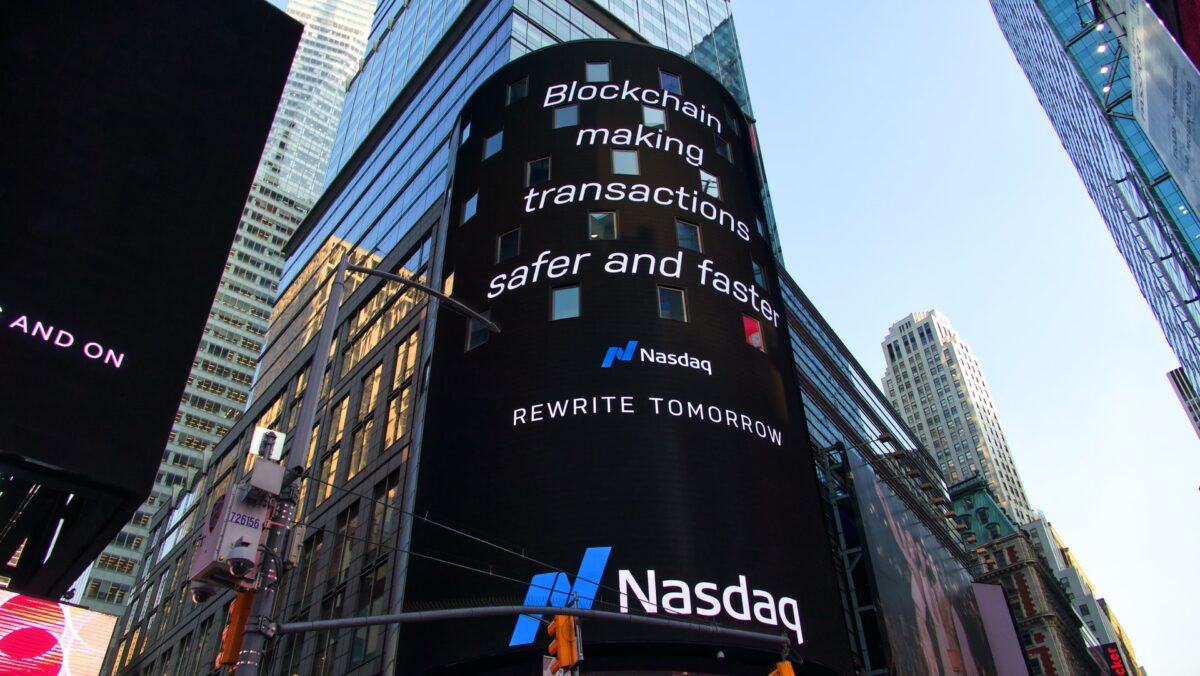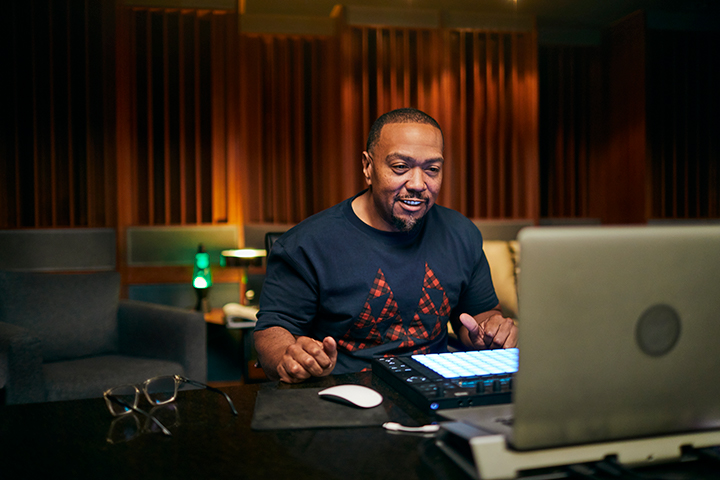Non-fungible tokens (NFTs) made big headlines in early 2021 when Christie’s auction house sold the collage of the first 5,000 works of the digital artist Beeple for a whopping $69 million USD. What was especially unusual was that the ownership and not the piece itself, nor the copyright, was sold (the work is very much viewable and accessible to the public online). The venerated auction house also accepted Ethereum (ETH) cryptocurrency for the single lot.
Similarly, an NFT for the viral GIF of Nyan Cat (a flying, cartoon cat/pop tart hybrid creature leaving a rainbow trailing in its wake) was sold a month previously for over $750,000 USD (or 300 ETH). And Twitter CEO Jack Dorsey listed his very first tweet (“just setting up my twttr” from March 21st, 2006) on the tweet auction site Valuables by Cent, the NFT of which sold for over $2.9 million USD on March 22.
So, what are NFTs? They are digital certificates, generated and guaranteed by Ethereum’s decentralized blockchain (currently the main provider of NFTs) to be unique and impossible to duplicate. They have made waves in the art world, acting as indestructible certificates of authenticity and provenance for digital and non-digital works. The value for each NFT is different—hence the “non-fungible” part—which is how prices have skyrocketed for them, like rare trading cards.
Due to the mainly digital nature of the works they are tied to, the intangibility of it all can leave plenty of room for skepticism and confusion. However, NFTs are beginning to be tied to physical objects. One recent NFT was linked to a house currently for sale in California. Although currently speculative, the future impact of NFTs beyond the realm of digital assets is sure to be interesting.
Something to note is the huge environmental impact of NFTs and indeed anything that requires blockchain to mine unique data sets. The computing power needed to generate these digital ledgers of information is enormous and the combined carbon footprint of running all these machines is staggering. Ethereum’s blockchain alone generates the equivalent of a year’s worth of electrical power in New Zealand and the carbon emissions of Ghana annually.
In truth, NFTs seem to be in a bit of economic bubble and liable to deflate or pop at any time. However, because of their link to blockchains and cryptocurrency, which appear to be here for the long run, they could prove to be less volatile down the line. The purchaser of Beeple’s auction house record-breaking Everyday: The First 5000 Days (2021), Vignesh Sundaresan aka MetaKovan, certainly believes so. He asserts that the value of his new NFT will be worth even more down the line and even remarks that he would’ve been willing to bid even more for the historical work. Only time will tell if he made the right investment.
Rose Ho | Staff Writer



















